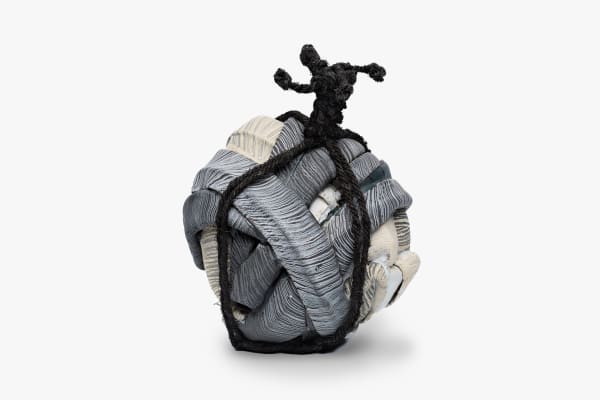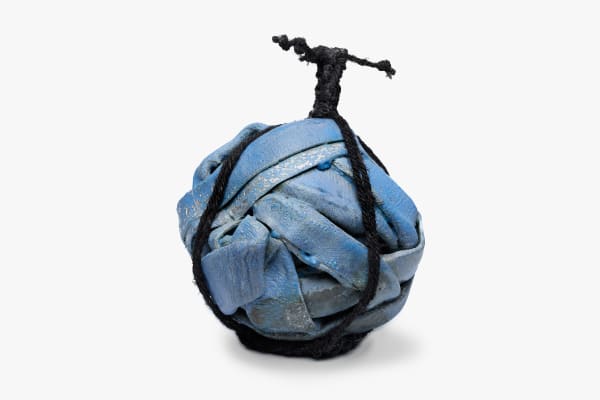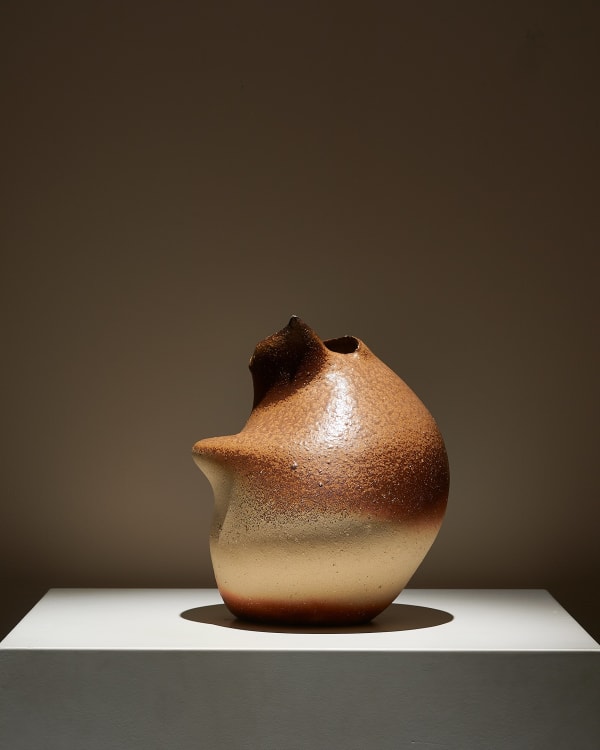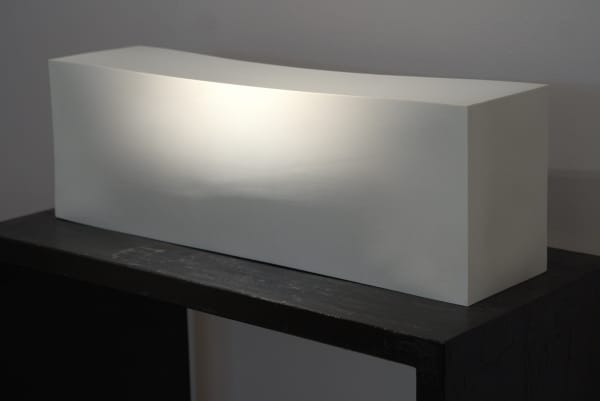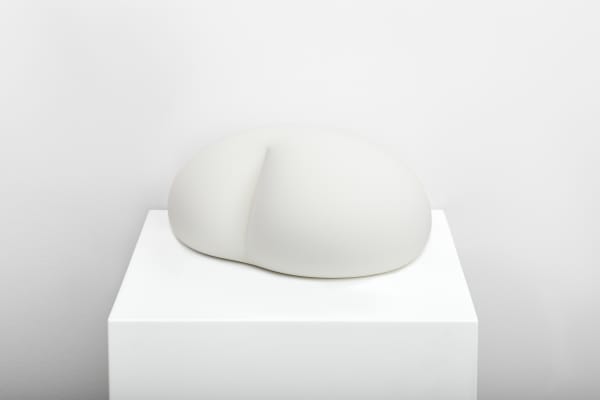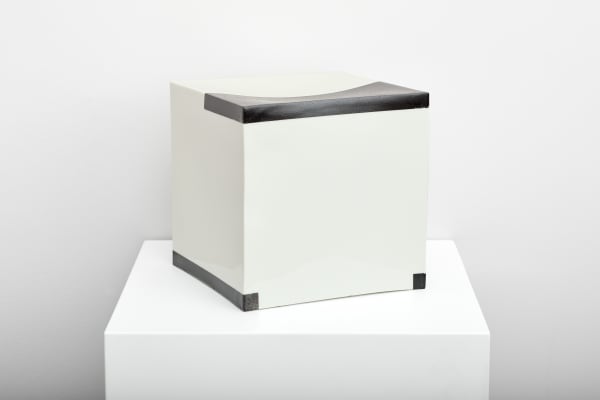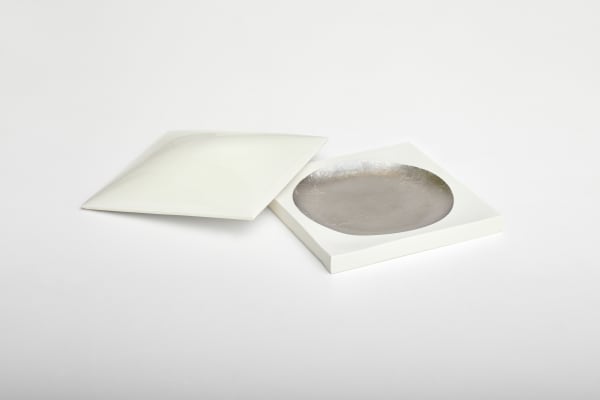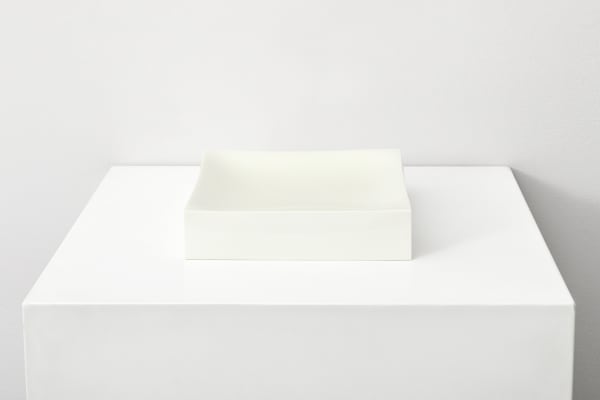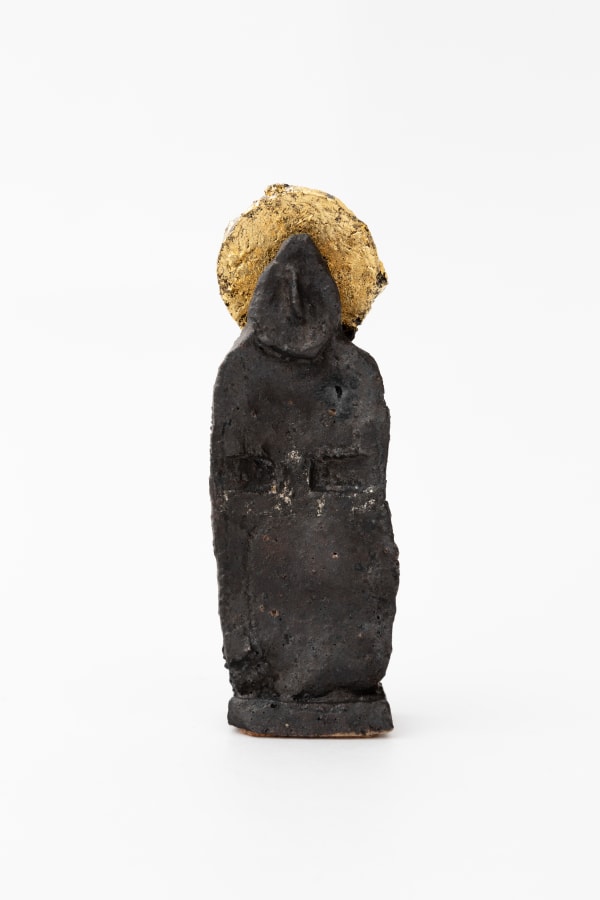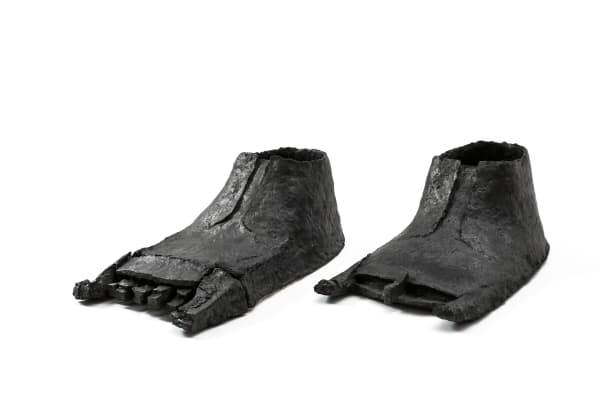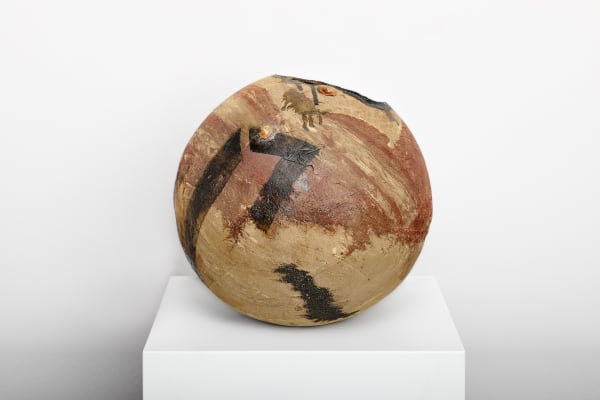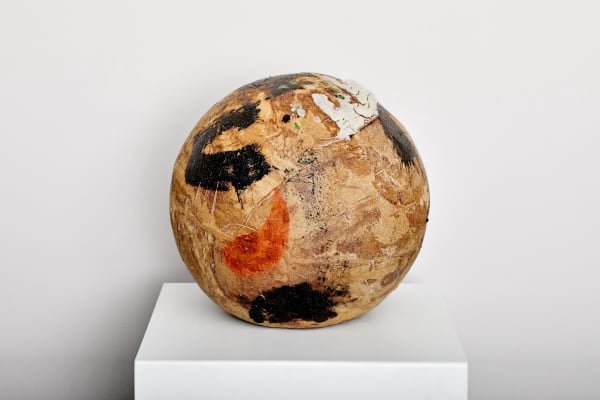-

Shin Fujihira (b. 1922–2012) came of age under the influence of his father, who established the Fujihira Pottery Company in 1916 in Gojozaka, the main pottery district in the city of Kyoto. Diagnosed with tuberculosis after the outbreak of the Pacific War, Fujihira struggled during his early adulthood, narrowly recovering from near death. Through this time, Fujihira turned towards art as motivation, and this passion was revitalizing. For Fujihira pottery was an escape from depression; an opportunity to transformation his appreciation for the joys of life.
-
 Tomoyuki Hoshino (b. 1976) left his career to study ceramics under renowned ceramicist Ikai Yuichi, but though he became an artist in 2005, Hoshino carries his passion for people forward in his idea that the pink motif is a universal color inherent to humans. The color is not restricted by geography, sex, religion, or language. In 2013 he became a full member of the Japan Crafts Association, and his ceramics have since been exhibited extensively in Japan and Europe in both galleries and museums. In recognition of Hoshino’s unique approach, the artist has won many awards at Japan’s annual national and international exhibitions.
Tomoyuki Hoshino (b. 1976) left his career to study ceramics under renowned ceramicist Ikai Yuichi, but though he became an artist in 2005, Hoshino carries his passion for people forward in his idea that the pink motif is a universal color inherent to humans. The color is not restricted by geography, sex, religion, or language. In 2013 he became a full member of the Japan Crafts Association, and his ceramics have since been exhibited extensively in Japan and Europe in both galleries and museums. In recognition of Hoshino’s unique approach, the artist has won many awards at Japan’s annual national and international exhibitions. -
 Agnes Husz (b. 1961), though Hungarian born, has received the chawan tradition during her three decades in Japan. Her rustic, spiraling designs are styled from cut slabs of clay, which coil and converge in twisting abstract patterns. She has developed a very unique way of making. The basic element of each piece is very similar to the Japanese kimono obi-belt; the long flat stripes, what she stretched out of the clay by hand, form sash-like forms. Through mediating on her artwork, she wishes that her audience joins together to consider the relationship between nature and human beings and reflect on its elementary significance.
Agnes Husz (b. 1961), though Hungarian born, has received the chawan tradition during her three decades in Japan. Her rustic, spiraling designs are styled from cut slabs of clay, which coil and converge in twisting abstract patterns. She has developed a very unique way of making. The basic element of each piece is very similar to the Japanese kimono obi-belt; the long flat stripes, what she stretched out of the clay by hand, form sash-like forms. Through mediating on her artwork, she wishes that her audience joins together to consider the relationship between nature and human beings and reflect on its elementary significance. -
 A trailblazer among a family of traditionalists, Koichiro Isezaki (b. 1974) preserves his renowned father’s Bizen techniques while simultaneously reimagining the ceramic with atypical forms. Early in his career, Isezaki apprenticed with American sculptor Jeff Shapiro. Since his return to Japan, Isezaki established his kiln in Onadacho in Gifu prefecture. He has exhibited extensively, including at the National Museum of Modern Art Crafts Gallery and the Paramita Museum, where he won the Ceramic Art Grand Prize in 2011.
A trailblazer among a family of traditionalists, Koichiro Isezaki (b. 1974) preserves his renowned father’s Bizen techniques while simultaneously reimagining the ceramic with atypical forms. Early in his career, Isezaki apprenticed with American sculptor Jeff Shapiro. Since his return to Japan, Isezaki established his kiln in Onadacho in Gifu prefecture. He has exhibited extensively, including at the National Museum of Modern Art Crafts Gallery and the Paramita Museum, where he won the Ceramic Art Grand Prize in 2011. -
 The oeuvre of ceramicist Hiromi Itabashi (b. 1948) could easily be mistaken for soft sculpture, as his whimsical shapes contain an elegance seeming free of any rigidity. A modernist approach to traditional materials, Itabashi works mainly with white porcelain and chamotte. The use of these contrasting materialities allows for freer interplay of shapes and form. Itabashi complicates established notions of directionality, pushing the boundaries of how we look at an artwork.
The oeuvre of ceramicist Hiromi Itabashi (b. 1948) could easily be mistaken for soft sculpture, as his whimsical shapes contain an elegance seeming free of any rigidity. A modernist approach to traditional materials, Itabashi works mainly with white porcelain and chamotte. The use of these contrasting materialities allows for freer interplay of shapes and form. Itabashi complicates established notions of directionality, pushing the boundaries of how we look at an artwork. -
-

Keiji Ito (b. 1935) is a ceramicist and sculptor, well known for his minimalist style and as an invaluable, inspiring mentor to younger generations of aspiring artists. Ito has won numerous awards for his artistic achievements and has exhibited in countless solo and group exhibitions. He is presently a member of the International Association of Ceramics.
-

Yukiya Izumita (b. 1966) is the leading ceramicist of Japan’s northeast Tohoku arts region. He uses origami paper techniques to construct layered sculptures that reflect the harsh seaside atmosphere. The visual lightness of Izumita’s tiered ceramics betray the salt- and iron-dense clay collected from the coastal beaches. In response to the unrelenting northern environment, Izumita’s works come to resemble the strange and natural bluff rock formations. Izumita is the recipient of the 20th Biennial Japanese Ceramic Art Exhibition’s Excellence Award and the Grand Prize at the Asahi Ceramic Exhibitions of 2000 and 2002. His pieces are in collections including the Yale University Art Gallery, the Philadelphia Museum of Art, Minneapolis Institute of Art, and Iwate Museum of Art.
-

Andoche Praudel (b. 1950) is a French ceramicist and painter whose works incorporate philosophical concepts from both Western and Japanese traditions, transforming clay or the painted canvas into abstract expressions. Praudel recognizes the profound connection between clay and humans that is the foundation of life. His views, realized in the fire of the kiln and abstract brushstrokes, developed from a fond friendship with the infamous Japanese potter Raku Kichizaemon XV.





